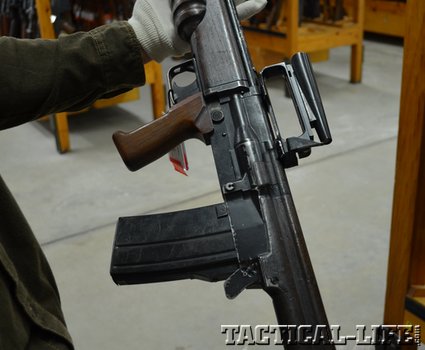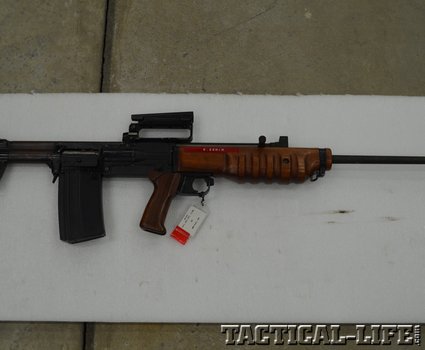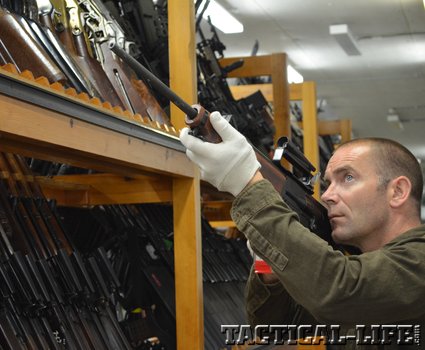The British Army emerged from World War II bloodied, battered, but nonetheless victorious. During the conflict, their main infantry rifle was the .303 Lee Enfield, which in its various guises had been soldiering on since 1895 and was considered long in the tooth by the time Hitler rose to power. By the 1930s, the Brits were actively looking for a replacement weapon, but the gathering clouds of war hanging over Europe caused the project to be put on hold, which meant that by the time victory was declared, the Enfield was 50 years old. The British armed forces were sorely in need of a modern replacement.
In 1948, while drawing on lessons learned from German and Russian advances in small arms technology, the Brits started from scratch. They wanted a weapon that was lethal out to normal infantry ranges, easy to manipulate, offered increased hit potential and was capable of full-auto fire. It was immediately apparent that the .303 cartridge was out. Its rimmed design made feeding from high-cap mags problematic, it was overly powerful and the weight of the round limited the number that could be carried. And for the sake of commonality, the Brits wanted a round compatible with every light support weapon or medium machine gun. As such, in order to comply with British doctrine, the bullet had to be effective out to 800 meters.
Advertisement — Continue Reading Below
Out came a 7mm solution. The resulting .280 British round launched a 140-grain bullet at 2,500 fps and offered better long-range terminal ballistics with less recoil, weight and muzzle blast and with increased accuracy.


























